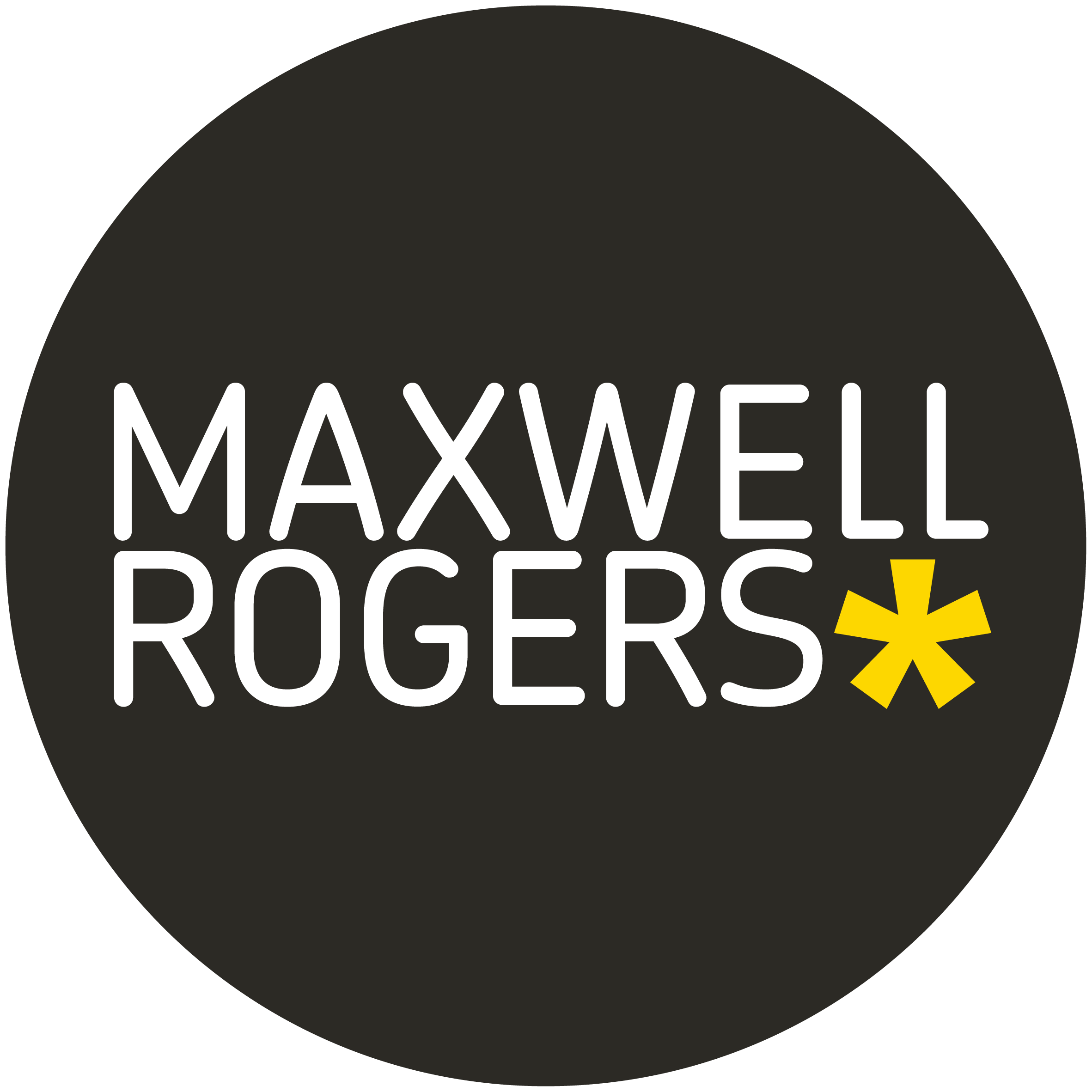When we say good evidence is essential for an effective business story, we don’t mean you have to saturate your presentation with every statistic you can find. In fact, we’d advise the opposite. Good evidence is ensuring you have the right proof points to support your narrative. It could be a piece of data. Or it might be a useful explanation. Either way, relevance is key.
If you’re wondering how to create a presentation that uses evidence effectively, the first thing to do is plan out your narrative. Write down the headline points you want to make, and ensure they flow well in a logical order. Next, use the PEE structure (“Point”, “Evidence”, “Explanation”) to help you add proof to each.
For example, if you were presenting the results of your latest marketing campaign, using PEE, one of your sides might look like this:
POINT
The campaign successfully increased revenue
EVIDENCE
A graph showing revenue increasing
EXPLANATION
The campaign led to a 60% increase in sales, which produced a net profit of £10,000, thus meeting our target.
Alternatively, if you don’t have any relevant statistics, the PEE structure still stands. Say you were outlining your new marketing strategy. One of your slides could be:
POINT
We’re focusing on more targeted recruitment
EVIDENCE
We’ve invested in detailed customer segment and competitor analysis
EXPLANATION
We will use this data to identify our target market characteristics and locations, and then optimize our print ads for these groups.
Even though the second example doesn’t include any data, it doesn’t mean it lacks good evidence. Taking the key message and consolidating with relevant content is just as effective.
In fact, the worst thing you could do is add in statistics for the sake of it, without considering if they link to your main point. One of our favourite sayings at Maxwell Rogers is “don’t mix apples and oranges” which speaks to exactly that. If you’re talking about “technology usage increasing over time” on a slide, make sure your content or data supports it. If it doesn’t, you need to find something else to back up your point. Don’t worry if you end up with only one figure. Be bold. Make it fill the slide. It is much better to have fewer, relevant stats than many that are not. And, if you can’t find any supporting content, you may need to re-evaluate the point itself, and ask yourself if it is the right message, or whether you should be saying something else.
So, in conclusion, good evidence refers to content or data that supports your key points. It all must be relevant, otherwise there is no reason for including it. Remember – fewer, good quality statistics are so much more powerful than a lot of evidence that isn’t directly applicable.

